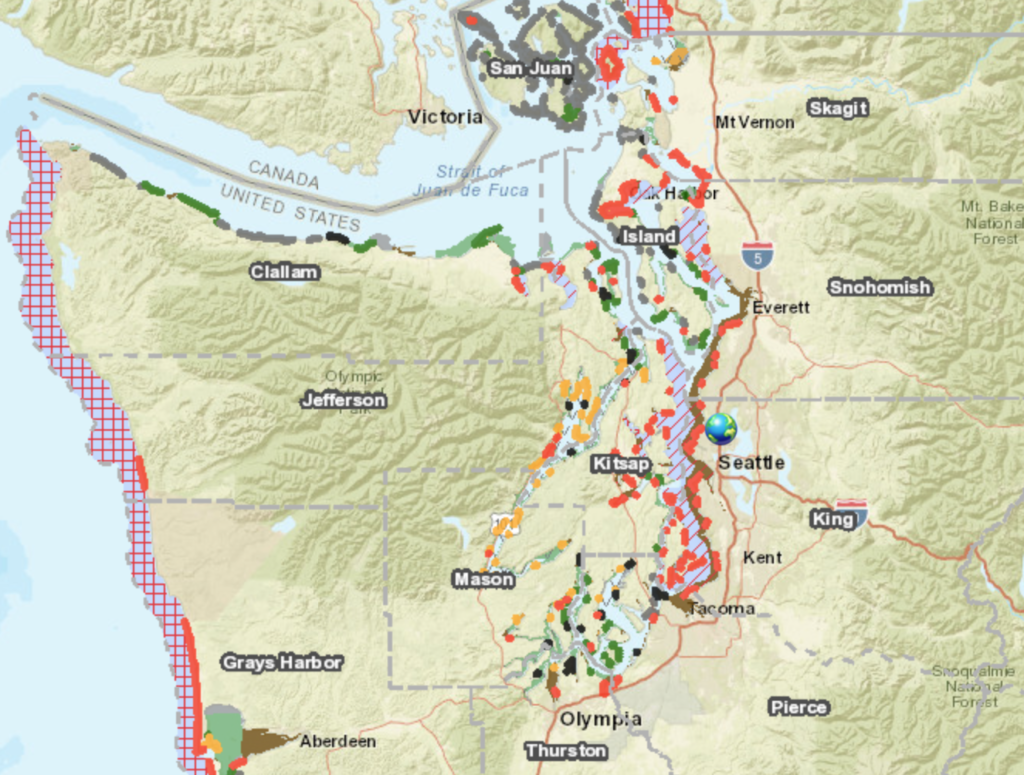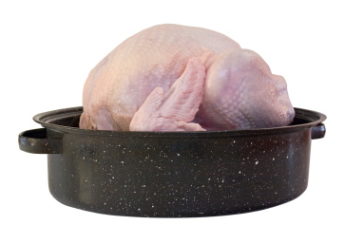
Washington State Department of Health officials are urging recreational shellfish harvesters to take extra precaution during this week’s predicted high temperatures and extremely low tides.
When midday low tides coincide with warm weather, Vibrio parahaemolyticus bacteria can grow quickly, increasing risk of illness among people who eat raw or undercooked oysters.
The Three Cs – check, chill and cook – can prevent illness from shellfish.
Check the DOH Shellfish Safety Map before heading to the beach to determine if any areas are closed. Shellfish gathered from open and approved areas should be harvested as the tide goes out.
Chill quickly. Bring a cooler with ice with you. Oysters should be put on ice or refrigerated as soon as possible after being collected.
Cook at 145° F for 15 seconds to destroy Vibrio bacteria.
DOH has received reports of vibriosis illnesses from people who ate raw or undercooked oysters they collected themselves. Found naturally in the environment, Vibrio thrives in warm temperatures.
Vibriosis symptoms include diarrhea, abdominal cramps, nausea, vomiting, headache, fever, and chills. The illness is usually mild or moderate and runs its course in 2 to 3 days.


